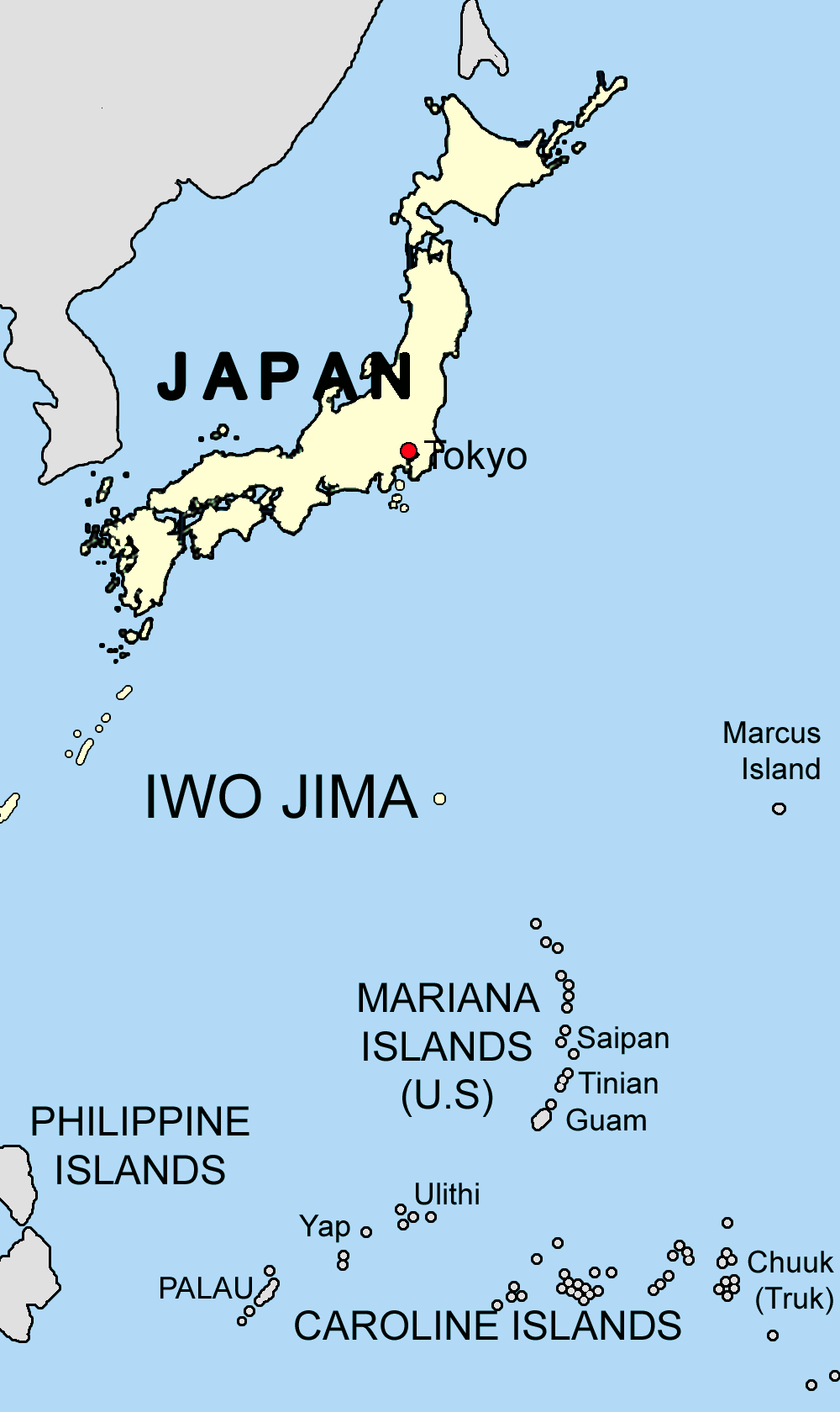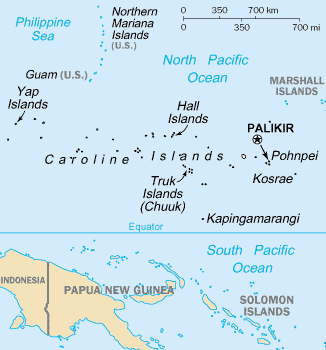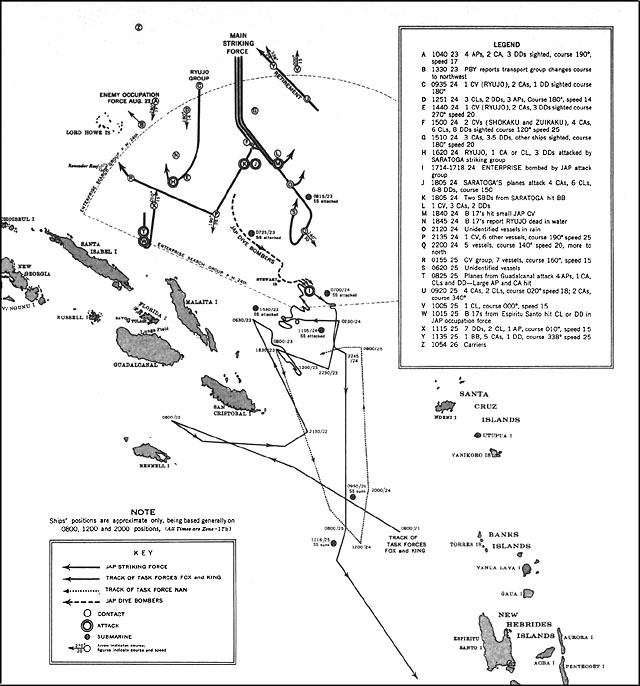|
Battle 360°
''Battle 360°'', also written as ''Battle 360'', is an American documentary television series that originally aired from February 29 to May 2, 2008, on History. The program focuses on the World War II-era aircraft carrier . The show was produced by Flight 33 Productions. ''Battle 360°'' makes extensive use of animation to depict the story of ''Enterprise''. The animation is combined with documentary footage, interviews of ''Enterprise'' crew members and military historians, and voice-over narration. The series was written by Tony Long and Samuel K. Dolan, and produced by Brian Thompson, Samuel K. Dolan and Tim Evans. It is narrated by Wally Kurth. Military historians providing commentary included Alan Pietruszewski, First Sergeant William Bodette, Martin K. A. Morgan, Jonathan Parshall, and producer and story editor Samuel K. Dolan. The 3D graphics are by Crazybridge Studios, with additional graphics by Radical 3D; the visual effects supervisor is Steffen Schlachtenhaufen. Th ... [...More Info...] [...Related Items...] OR: [Wikipedia] [Google] [Baidu] |
Documentary Film
A documentary film (often described simply as a documentary) is a nonfiction Film, motion picture intended to "document reality, primarily for instruction, education or maintaining a Recorded history, historical record". The American author and Media studies, media analyst Bill Nichols (film critic), Bill Nichols has characterized the documentary in terms of "a filmmaking practice, a cinematic tradition, and mode of audience reception [that remains] a practice without clear boundaries". Research into information gathering, as a behavior, and the sharing of knowledge, as a concept, has noted how documentary movies were preceded by the notable practice of documentary photography. This has involved the use of singular Photograph, photographs to detail the complex attributes of History, historical events and continues to a certain degree to this day, with an example being the War photography, conflict-related photography achieved by popular figures such as Mathew Brady during the Am ... [...More Info...] [...Related Items...] OR: [Wikipedia] [Google] [Baidu] |
Marshalls–Gilberts Raids
The Marshalls–Gilberts raids were tactical airstrikes and naval artillery attacks by United States Navy aircraft carrier and other warship forces against Imperial Japanese Navy (IJN) garrisons in the Marshall and Gilbert Islands on 1 February 1942. It was the first of six American raids against Japanese-held territories conducted in the first half of 1942 as part of a strategy. Units and commanders The Japanese garrisons were under the overall command of Vice Admiral Shigeyoshi Inoue, commander of the 4th Fleet. Japanese aircraft in the islands belonged to the IJN's 24th Air Flotilla under Rear Admiral Eiji Gotō. The U.S. warship forces were under the overall command of Vice Admiral William Halsey Jr. Raids The raids were carried out by two separate U.S. carrier task forces. Aircraft from Task Force 17 (TF 17), commanded by Rear Admiral Frank Jack Fletcher and centered on the carrier , attacked Jaluit, Mili, and Makin (Butaritari) islands. The ''Yorktown'' ai ... [...More Info...] [...Related Items...] OR: [Wikipedia] [Google] [Baidu] |
Battle Of Iwo Jima
The was a major battle in which the United States Marine Corps (USMC) and United States Navy (USN) landed on and eventually captured the island of Iwo Jima from the Imperial Japanese Army (IJA) during World War II. The American invasion, designated Operation Detachment, had the goal of capturing the island with its two airfields: South Field (Iwo Jima), South Field and Central Field (Iwo Jima), Central Field. The Japanese Army positions on the island were heavily fortified, with a dense network of bunkers, hidden artillery positions, and of tunnels. The American ground forces were supported by extensive naval artillery, and enjoyed complete air supremacy provided by U.S. Navy and Marine Corps aviators throughout the battle. The five-week battle saw some of the fiercest and bloodiest fighting of the Pacific War. Unique among Pacific War battles involving amphibious island landings, total American casualties exceeded those of the Japanese, with a ratio of three American casual ... [...More Info...] [...Related Items...] OR: [Wikipedia] [Google] [Baidu] |
Battle Of Leyte Gulf
The Battle of Leyte Gulf () 23–26 October 1944, was the largest naval battle of World War II and by some criteria the largest naval battle in history, with over 200,000 naval personnel involved. By late 1944, Japan possessed fewer capital ships (aircraft carriers and battleships) than the Allies of World War II, Allied forces had total aircraft carriers in the Pacific, which underscored the disparity in force strength at that point in the war. After the catastrophic Battle of the Philippine Sea in June 1944, senior Japanese military leaders understood that Japan's remaining naval forces were incapable of achieving a strategic victory against the Allies. However, the Japanese general staff believed that continuing to contest Allied offensives at sea was necessary, in order to both deter a future invasion of mainland Japan and to give the Japanese navy an opportunity to utilize its remaining strength. As a result, the Imperial Japanese Navy () mobilized nearly all of its remaini ... [...More Info...] [...Related Items...] OR: [Wikipedia] [Google] [Baidu] |
Battle Of The Philippine Sea
The Battle of the Philippine Sea was a major naval battle of World War II on 19–20 June 1944 that eliminated the Imperial Japanese Navy's ability to conduct large-scale carrier actions. It took place during the United States' amphibious reconquest of the Mariana Islands during the Pacific War. The battle was the last of five major "carrier-versus-carrier" engagements between American and Japanese naval forces, and pitted elements of the United States Navy's Fifth Fleet against ships and aircraft of the Imperial Japanese Navy's Mobile Fleet and nearby island garrisons. This was the largest carrier-to-carrier battle in history, involving 24 aircraft carriers, deploying roughly 1,350 carrier-based aircraft. The aerial part of the battle was nicknamed the Great Marianas Turkey Shoot by American aviators for the severely disproportional loss ratio inflicted upon Japanese aircraft by American pilots and anti-aircraft gunners. During a debriefing after the first two air battles ... [...More Info...] [...Related Items...] OR: [Wikipedia] [Google] [Baidu] |
Operation Hailstone
Operation Hailstone was a large-scale United States Navy air and surface attack on Truk Lagoon on 17–18 February 1944, conducted as part of the American offensive drive against the Imperial Japanese Navy in the Pacific Ocean theatre of World War II. Background Japanese troops occupied Micronesia, including the Caroline Islands, in 1914 and established Truk as a base as early as 1939. The lagoon was first built up as an anchorage for the Imperial Japanese Navy's 4th Fleet, its "South Seas Force". After the outbreak of war with the United States, the 4th Fleet was put under the command of the Combined Fleet, which continued to use Truk as a forward operating base into 1944. In addition to anchorages for warships and port facilities for shipping between the home islands and the Southern Resources Area, five airfields and a seaplane base were constructed at Truk, making it the only major Japanese airfield within flying range of the Marshall Islands. Despite the impressions ... [...More Info...] [...Related Items...] OR: [Wikipedia] [Google] [Baidu] |
Chuuk Lagoon
Chuuk Lagoon, previously Truk Atoll, is an atoll in the central Pacific Ocean. It lies about 1,800 kilometres (970 nautical miles) northeast of New Guinea and is part of Chuuk State within the Federated States of Micronesia (FSM). A protective reef, 225 kilometres (140 mi) around, encloses a natural harbour 79 by 50 km (43 nmi × 27 nmi), with an area of 2,130 km2 (820 sq mi). It has a land area of 93.07 square kilometres (35.93 square miles), with a population of 36,158 people and a maximal elevation of 443 metres (1,453 ft). Weno city on Weno (formerly Moen) Island functions as both the atoll's capital and the state capital, and is the largest city in the FSM with its 13,700 people. Chuuk Lagoon was the Empire of Japan's main naval base in the Pacific War, South Pacific theatre during World War II. It was the site of a major U.S. attack during Operation Hailstone in February 1944, and Operation Inmate, a small assault conducted by ... [...More Info...] [...Related Items...] OR: [Wikipedia] [Google] [Baidu] |
Gilbert And Marshall Islands Campaign
The Gilbert and Marshall Islands campaign was a series of engagements fought from August 1942 to February 1944, in the Pacific War, Pacific theatre of World War II between the United States and Empire of Japan, Japan. They were the first battles of a large-scale offensive across the Central Pacific by the United States Pacific Fleet and United States Marine Corps, Marine Corps. The goal of the campaign was to establish airfields and naval bases that would allow American air and naval assets to support future operations across the Central Pacific. Operation ''Galvanic'' and Operation ''Kourbash'' were the codenames for the Gilbert Islands, Gilberts campaign (in modern Kiribati), and included the seizures of Tarawa and Butaritari, Makin, which took place during the Battle of Tarawa on 20–23 November 1943 and the Battle of Makin on 20–24 November 1943. Operation ''Flintlock'' and Operation ''Catchpole'' had the goal of capturing Japanese bases at Kwajalein Atoll, Kwajalein, Ene ... [...More Info...] [...Related Items...] OR: [Wikipedia] [Google] [Baidu] |
Naval Battle Of Guadalcanal
The Naval Battle of Guadalcanal took place from 12 to 15 November 1942 and was the decisive engagement in a series of naval battles between Allies of World War II, Allied (primarily American) and Imperial Japanese Armed Forces, Imperial Japanese forces during the months-long Guadalcanal campaign in the Solomon Islands during World War II. The action consisted of combined air and sea engagements over four days, most near Guadalcanal and all related to a Japanese effort to reinforce land forces on the island. The only two U.S. Navy admirals to be killed in a surface engagement in the war were lost in this battle. Allied forces landed on Guadalcanal on 7 August 1942 and seized an airfield, later called Henderson Field (Guadalcanal), Henderson Field, that was under construction by the Japanese military. There were several subsequent attempts to recapture the airfield by the Imperial Japanese Army and Imperial Japanese Navy, Navy using reinforcements delivered to Guadalcanal by shi ... [...More Info...] [...Related Items...] OR: [Wikipedia] [Google] [Baidu] |
Battle Of The Santa Cruz Islands
The Battle of the Santa Cruz Islands, fought during 25–27 October 1942, sometimes referred to as the Battle of Santa Cruz or Third Battle of Solomon Sea, in Japan as the Battle of the South Pacific ( ''Minamitaiheiyō kaisen''), was the fourth aircraft carrier battle of the Pacific War, Pacific campaign of World War II. It was also the fourth major naval engagement fought between the United States Navy and the Imperial Japanese Navy during the lengthy and strategically important Guadalcanal campaign. As in the battles of the Battle of the Coral Sea, Coral Sea, Battle of Midway, Midway, and the Battle of the Eastern Solomons, Eastern Solomons, the ships of the two adversaries were rarely in sight or gun range of each other. Instead, almost all attacks by both sides were mounted by carrier- or land-based aircraft. In an attempt to drive Allies of World War II, Allied forces from Guadalcanal and nearby islands and end the stalemate that had existed since September 1942, the Imper ... [...More Info...] [...Related Items...] OR: [Wikipedia] [Google] [Baidu] |
Battle Of The Eastern Solomons
The naval Battle of the Eastern Solomons (also known as the Battle of the Stewart Islands and in Japanese sources as the Second Battle of the Solomon Sea) took place on 24–25 August 1942 and was the third carrier battle of the Pacific campaign of World War II and the second major engagement fought between the United States Navy and the Imperial Japanese Navy (IJN) during the Guadalcanal campaign. As at the Battle of the Coral Sea and the Battle of Midway, the ships of the two adversaries were never within sight of each other. Instead, all attacks were carried out by carrier-based or land-based aircraft. After several damaging air attacks, the naval surface combatants from both America and Japan withdrew from the battle area. Although neither side secured a clear victory, the U.S. and its allies gained a tactical and strategic advantage. Japan's losses were greater and included dozens of aircraft and their experienced aircrews. Also, Japanese reinforcements intended for Gu ... [...More Info...] [...Related Items...] OR: [Wikipedia] [Google] [Baidu] |
Guadalcanal Campaign
The Guadalcanal campaign, also known as the Battle of Guadalcanal and codenamed Operation Watchtower by the United States, was an Allies of World War II, Allied offensive against forces of the Empire of Japan in the Solomon Islands during the Pacific War, Pacific Theater of World War II. It was fought between 7 August 1942 and 9 February 1943, and involved major land and naval battles on and surrounding the island of Guadalcanal. It was the first major Allied land offensive against Japan during the war. In summer 1942, the Allies decided to mount major offensives in New Guinea and the Solomon Islands with the objectives of defending sea lines to Australia and eventually attacking the major Japanese base at Rabaul on New Britain. The Guadalcanal operation was under the command of Robert L. Ghormley, reporting to Chester W. Nimitz, while the Japanese defense consisted of the Combined Fleet under Isoroku Yamamoto and the Seventeenth Army (Japan), Seventeenth Army under Harukichi ... [...More Info...] [...Related Items...] OR: [Wikipedia] [Google] [Baidu] |







